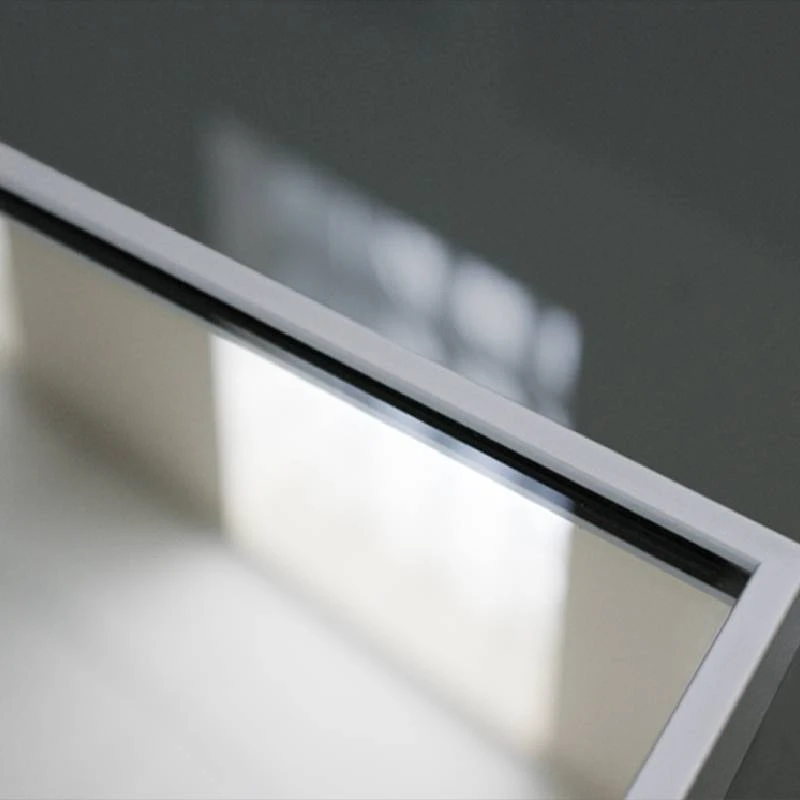

Low-E Glass Revolutionizing Energy Efficiency in Modern Architecture
In recent years, the architectural and construction industries have increasingly focused on energy efficiency and sustainability. One of the most significant innovations in this domain is Low-E (low emissivity) glass. This advanced glazing technology not only enhances the aesthetic appeal of buildings but also plays a crucial role in reducing energy consumption. As a result, Low-E glass has become a popular choice in both residential and commercial construction projects.
What is Low-E Glass?
Low-E glass is coated with a thin layer of metallic oxides, which provides a unique ability to reflect heat while allowing visible light to pass through. This coating comes in various types, such as hard coat and soft coat, each offering different benefits depending on the application. Hard coat Low-E glass typically provides enhanced thermal efficiency and durability, making it suitable for structural applications. Soft coat Low-E, on the other hand, offers superior performance in terms of solar control and is often used in double or triple-glazed units.
The primary function of Low-E glass is to minimize the amount of ultraviolet (UV) and infrared light that can enter a building, while still allowing natural light in. By reflecting heat back into the building during winter months and deflecting solar heat during summer, Low-E glass helps maintain comfortable indoor temperatures throughout the year.
Energy Efficiency and Cost Savings
One of the most significant advantages of Low-E glass is its impact on energy efficiency. Buildings traditionally account for a large portion of energy consumption, particularly for heating and cooling. By incorporating Low-E glass into window designs, property owners can significantly reduce their reliance on heating and cooling systems, leading to lower energy bills.
Studies have shown that buildings with Low-E windows can save anywhere from 10% to 50% on energy costs compared to those with traditional glazing. This reduction not only benefits homeowners financially but also contributes to a decrease in overall environmental impact. By consuming less energy, buildings with Low-E glass help reduce greenhouse gas emissions, aligning with global efforts to combat climate change.

Environmental Impact
The use of Low-E glass is not just an economic choice; it is an environmentally responsible one as well. By improving energy efficiency, these windows lower the demand for fossil fuels used in heating and cooling systems, thereby reducing carbon footprints. Additionally, Low-E glass can be incorporated into designs that maximize natural light, reducing the need for artificial lighting during the day. This further contributes to energy savings and enhances the overall quality of indoor environments.
Moreover, many Low-E glazing products are available with sustainable manufacturing processes and can be recycled at the end of their life cycle. This makes Low-E glass an attractive option for environmentally conscious builders and designers who want to prioritize sustainability in their projects.
Aesthetic Versatility
Besides their energy-efficient properties, Low-E glass also offers various aesthetic advantages. With a range of tints and colors, architects can create visually stunning designs that meet the desired aesthetics of any building. Low-E glass maintains natural light while minimizing glare and heat, ensuring a comfortable and visually appealing interior.
As the demand for energy-efficient solutions grows, the popularity of Low-E glass will likely continue to rise. With advancements in coating technologies and innovations in frame designs, the future of Low-E glass promises even greater energy savings and aesthetic possibilities.
Conclusion
In conclusion, Low-E glass is a groundbreaking material that represents a significant stride towards sustainable building practices. By improving energy efficiency, reducing environmental impact, and enhancing aesthetic appeal, Low-E glass has proven to be an invaluable asset in modern architecture. As the world increasingly prioritizes sustainability, the adoption of Low-E glass will play a crucial role in shaping the future of energy-efficient buildings. Homeowners, architects, and builders alike must embrace this technology to create a more sustainable, energy-efficient world that benefits not only the economy but also the environment.